On May 9, 2025, India accused Pakistan of launching drone and missile attacks on three military bases in Indian territory and Indian-administered Kashmir, marking a historic escalation in their decades-long rivalry. Pakistan denied the claims, asserting it downed 25 Indian drones, as both nuclear-armed neighbors deploy unmanned systems in a volatile border conflict, according to the BBC.
Drone Technology Fuels Tactical Shift
Drones have become pivotal in this conflict, with India leveraging Israeli-made Harop and Heron UAVs for precision strikes and reconnaissance. The Harop, a loitering munition, can autonomously scout and strike targets, while the Heron offers high-altitude surveillance with an 186-mile (300 km) range and 23,000-foot (7,000 m) ceiling. India’s recent $4 billion deal for 31 MQ-9B Predator drones, capable of 40-hour flights at 40,000 feet, signals a leap in strike capabilities. Pakistan counters with a diverse fleet, including Chinese CH-4, Turkish Bayraktar Akinci, and indigenous Burraq drones, alongside over 1,000 UAVs. “Pakistan’s reliance on Turkish and Chinese platforms highlights an ongoing arms race,” said Jahara Matisek, a professor at the US Naval War College.

Strategic Implications of Drone Warfare
Drones enable both nations to conduct stand-off operations without risking manned aircraft, lowering the political threshold for action. “Drones lower the political and operational threshold for action, providing options to surveil and strike while trying to reduce escalation risks,” Matisek noted. However, downed drones or blinded radars risk becoming flashpoints. India’s swarm drone tactics, designed to overwhelm air defenses, contrast with Pakistan’s “loyal wingman” drones, which coordinate with manned jets. This dual role—targeting and triggering enemy defenses—makes drones force multipliers, as seen in Ukraine, though the India-Pakistan conflict remains less drone-centric.
Operational and Regulatory Challenges
The conflict’s toll is significant: Pakistan reports 36 deaths and 57 injuries from Indian strikes, while India cites 16 civilian deaths from Pakistani shelling. Drones’ deniability complicates accountability, with Pakistan claiming to have neutralized Indian Harop drones using countermeasures. Regulatory gaps in drone warfare heighten risks, as both nations exploit unmanned systems’ ambiguity. “Deploying drones instead of fighter jets or heavy missiles represents a lower-level military option,” said Manoj Joshi, an Indian defense analyst, though he warned, “this could be just the beginning of a larger conflict.”
Industry Trends and Future Outlook
The India-Pakistan drone clash underscores the growing role of UAVs in modern warfare, with loitering munitions and swarm tactics reshaping strategies. India’s investment in high-value drones like the MQ-9B and Pakistan’s diverse, cost-effective fleet reflect divergent approaches. “The side that masters drone warfare won’t just see the battlefield—they’ll shape it,” Matisek emphasized. As global powers urge restraint, the conflict’s trajectory hinges on whether drones remain a restrained tool or a prelude to broader escalation, with economic and geopolitical stakes for South Asia‘s stability.
Photos courtesy of India Today / X
Discover more from DroneXL.co
Subscribe to get the latest posts sent to your email.


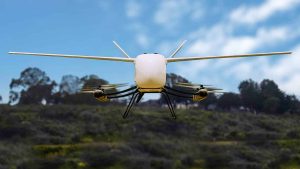

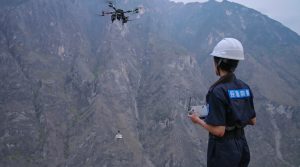


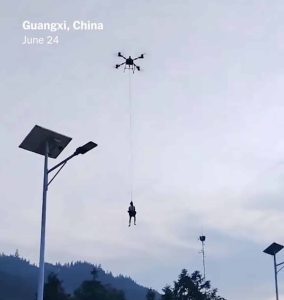
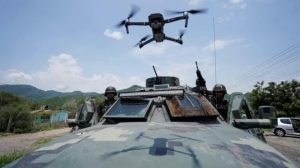
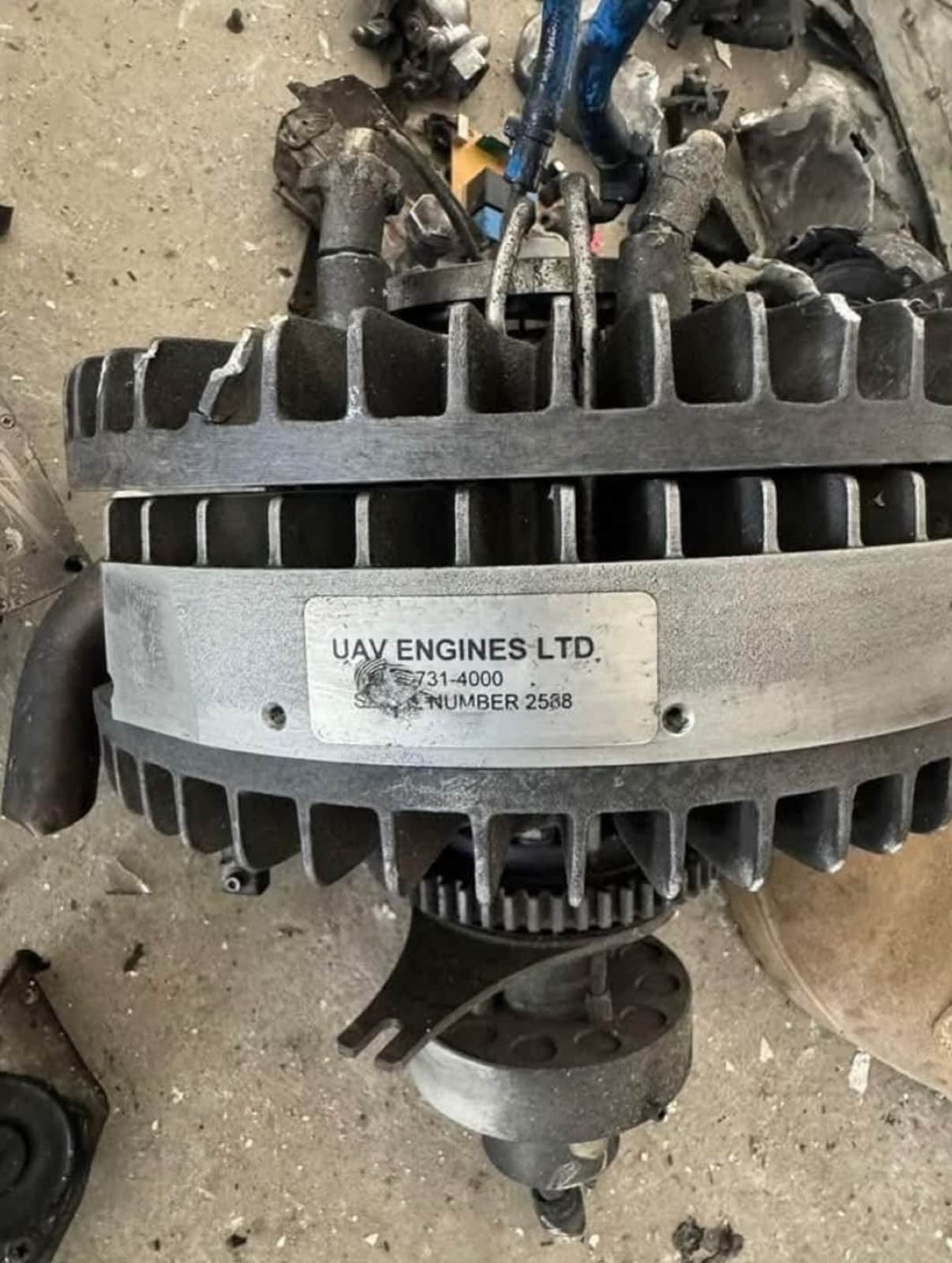


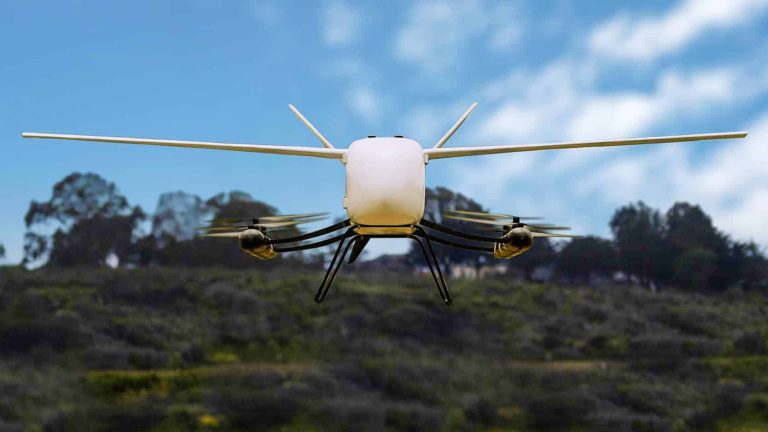



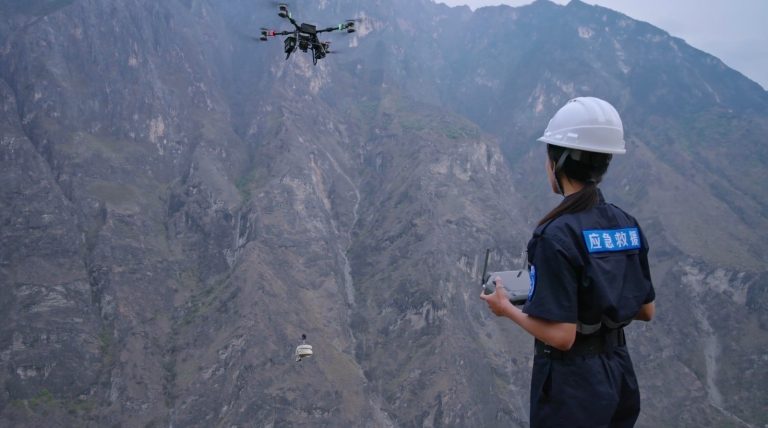


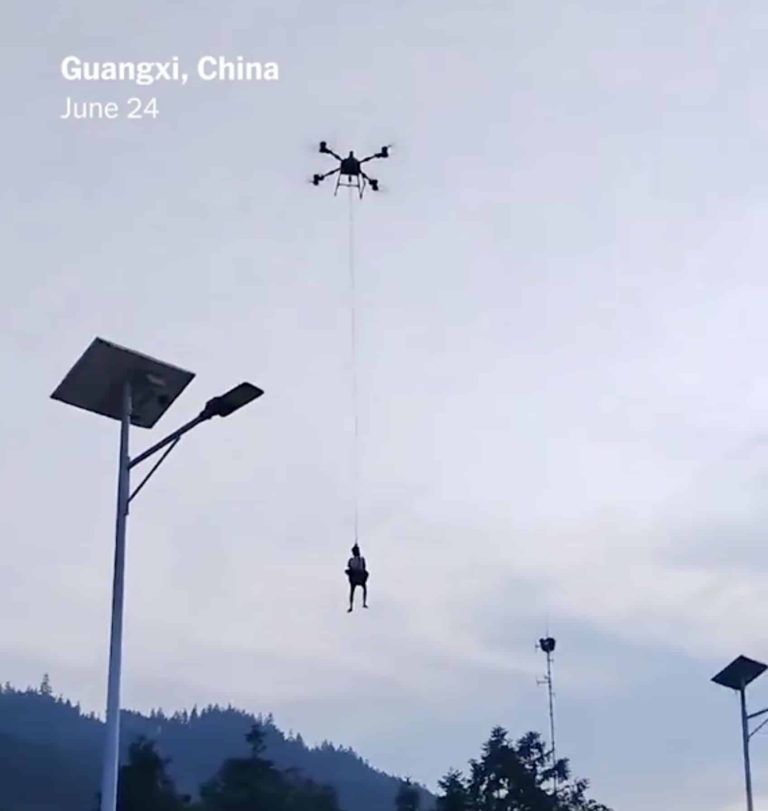
+ There are no comments
Add yours